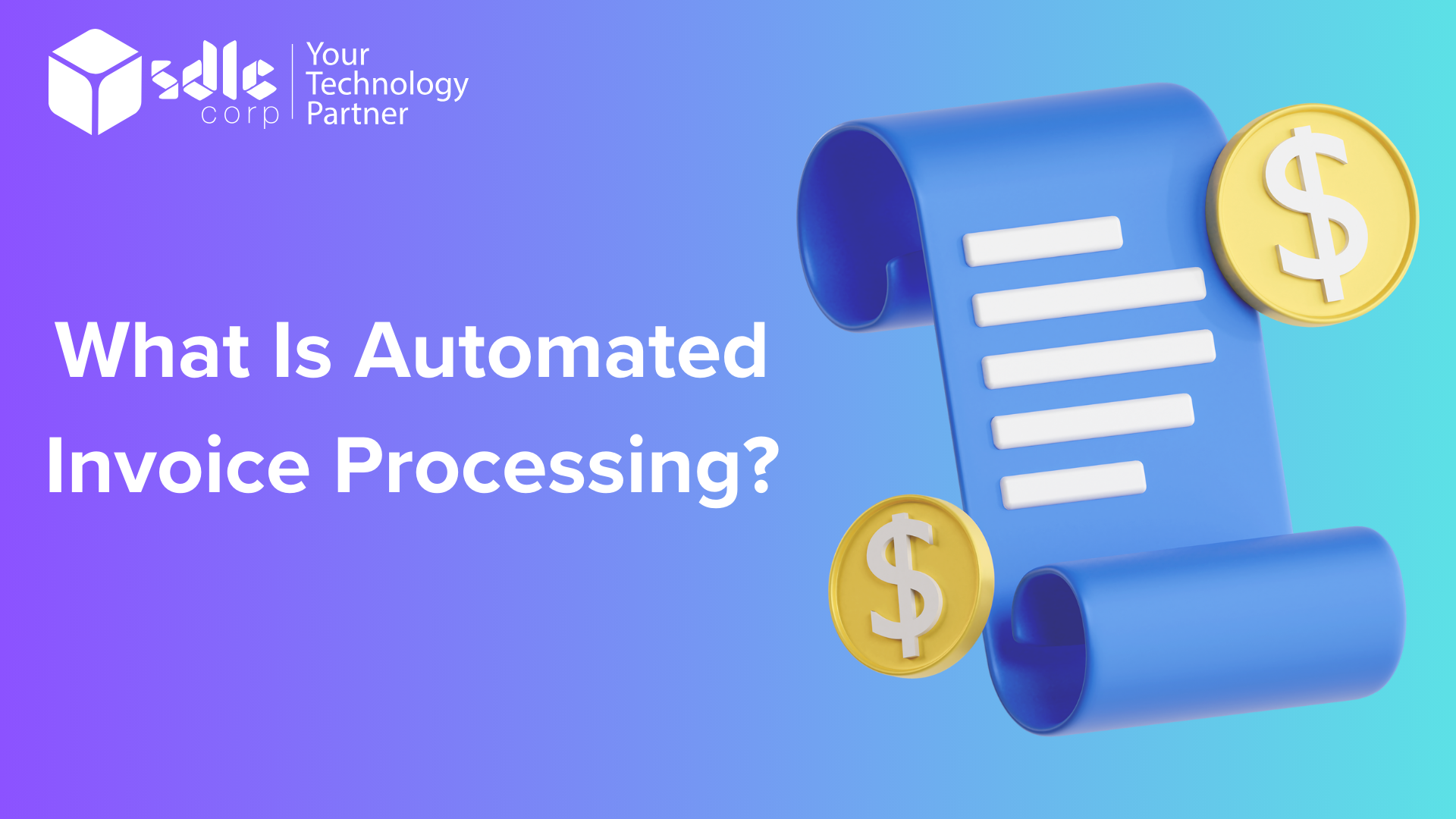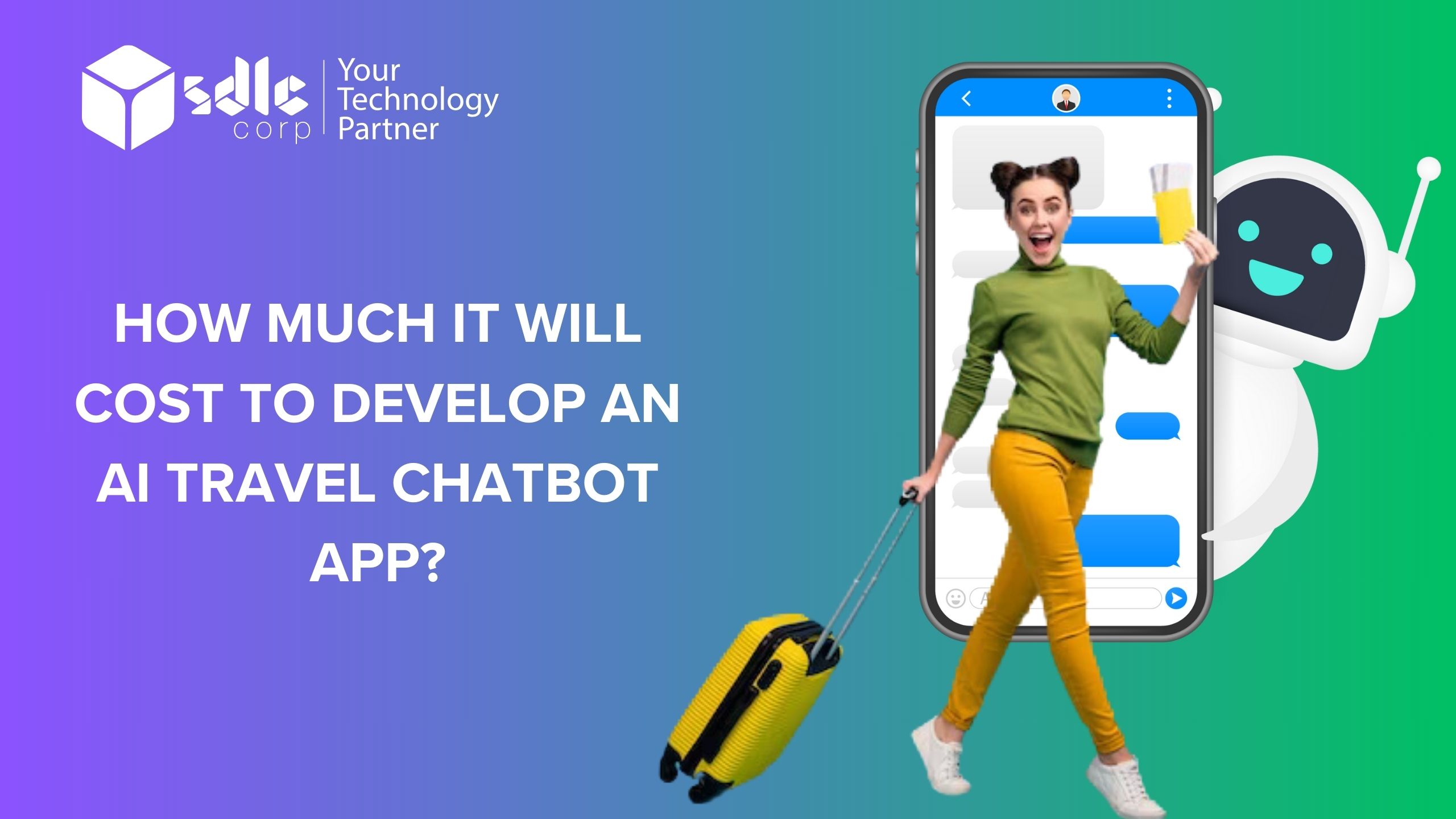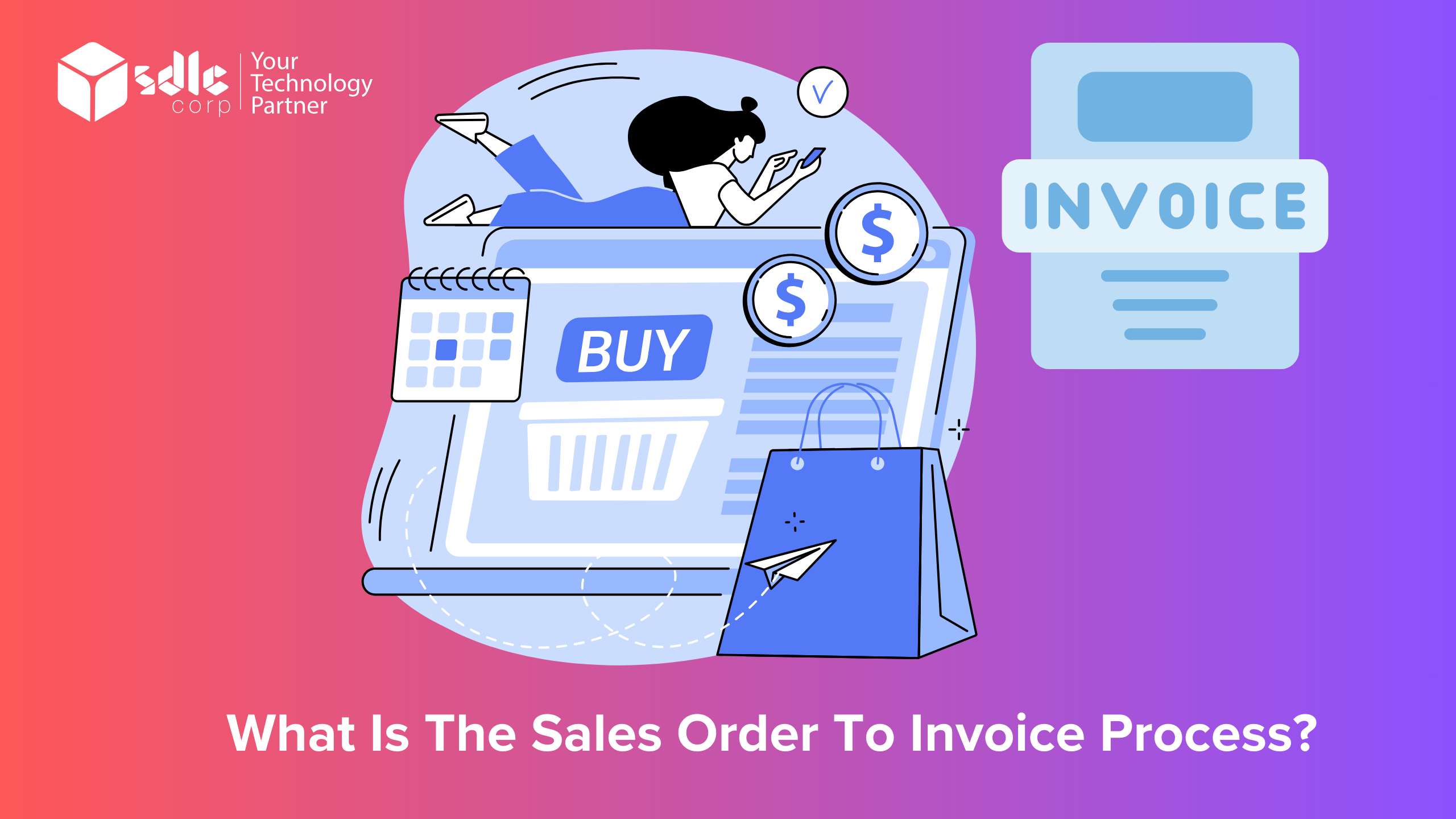How to use Whatsapp API to Send Messages?
To utilize the WhatsApp API for sending messages, the initial step involves registering for WhatsApp Business API access and setting up your business account, including creating a profile and configuring settings. Following this, select a WhatsApp API provider like Twilio or MessageBird, and integrate their API with your application, ensuring proper authentication of requests. Craft messages containing text, media, and other supported formats, then send them programmatically through the API. Additionally, handle incoming responses from customers to manage conversations effectively. For QR code scanner integration, implement scanning functionality within your application using a suitable library or SDK. Decode the scanned QR code, which may contain contact information or initiate a conversation link. Integrate this functionality with the WhatsApp API, ensuring smooth communication with scanned contacts or business accounts. Thorough testing is crucial to address any errors or edge cases before deploying the application, ensuring seamless QR code scanning and messaging capabilities.
How Its Work?
Utilizing the WhatsApp API to send messages involves several steps. Below, I’ll outline a detailed guide with six steps:
1. Register for WhatsApp Business API Account:
– To access the WhatsApp Business API, you need to register for a WhatsApp Business Account through the Facebook Business Manager platform.
– Visit the WhatsApp Business API website and follow the instructions to create an account.
– Provide the required information and verify your business.
2. Request Access to WhatsApp Business API:
– Once you’ve created your account, you need to request access to the WhatsApp Business API.
– Submit your business information and wait for approval from WhatsApp.
3. Choose a WhatsApp Business Solution Provider:
– WhatsApp Business API is typically accessed through third-party solution providers, known as WhatsApp Business Solution Providers.
– Choose a provider that fits your needs and budget.
– Some popular providers include Twilio, MessageBird, and Vonage.
4. Set Up Your WhatsApp Business API Integration:
– Once your access request is approved, work with your chosen provider to set up the integration.
– This involves configuring your API credentials, phone number, and message templates.
– You’ll receive an API key or authentication token which you’ll use to authenticate your requests.
5. Develop or Integrate with Your Application:
– Now, you need to integrate the WhatsApp API with your application or system.
– If you already have an existing application, integrate the API endpoints provided by your chosen solution provider.
– If you’re building a new application, incorporate the WhatsApp API into your development process.
– Use the provided SDKs or APIs to send messages programmatically.
6. Send Messages:
– Once your integration is set up and tested, you can start sending messages through the WhatsApp API.
– Messages can be sent in various formats including text, images, documents, and more.
– Ensure that your messages comply with WhatsApp’s policies and guidelines to avoid account suspension.
Remember to test your integration thoroughly before deploying it in a production environment. Additionally, stay updated with WhatsApp’s policies and guidelines as they may change over time, affecting your usage of the API.
What is the WhatsApp Business Platform?
1. Enhanced Customer Communication: Whatsapp Business Platform offers businesses a direct and convenient way to communicate with customers, providing features such as automated messages, quick replies, and labels for organizing chats, enhancing customer service and engagement.
2. Business Profile: With Whatsapp Business, companies can create a dedicated business profile with essential information like business description, address, contact details, and website link, helping them appear more professional and trustworthy to customers.
3. Messaging Tools: It provides various messaging tools like broadcast lists, which allow businesses to send messages to multiple customers simultaneously, making it easier to reach a broader audience with important updates, promotions, or announcements.
4. Analytics and Insights: Analytics and insights for the WhatsApp Business platform enable businesses to extract valuable data from conversations and interactions. Utilizing tools like PyTesseract for text recognition, businesses can analyze chat logs, customer queries, and feedback to uncover trends, sentiment analysis, and customer preferences. This data-driven approach empowers businesses to optimize their messaging strategies, improve customer engagement, and make data-informed decisions to enhance overall performance on the WhatsApp Business platform.
5. Secure and Personalized: Built with end-to-end encryption, Whatsapp Business ensures the security and privacy of customer conversations. Additionally, businesses can personalize their interactions with customers by using features like custom greeting messages and message templates.
6. Integration with Business Tools: Whatsapp Business integrates with various business tools and platforms, allowing businesses to streamline their operations and customer interactions. Integration with CRM systems, e-commerce platforms, and chatbots enables businesses to automate processes and provide seamless experiences for customers.
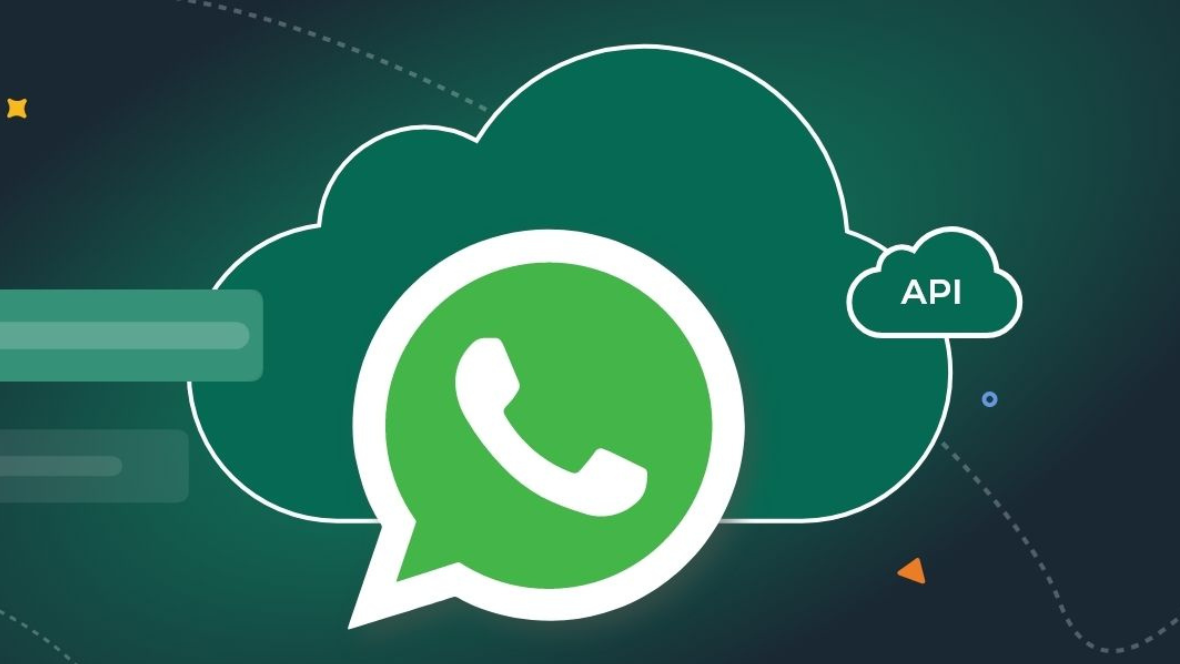
What does the WhatsApp Cloud API entail?
1. The WhatsApp Cloud API revolutionizes communication strategies for businesses by providing a seamless integration between their systems and the WhatsApp platform. This API facilitates real-time messaging, enabling businesses to engage with customers on a personal level directly within the WhatsApp ecosystem.
2. Leveraging the WhatsApp Cloud API empowers businesses to streamline customer interactions, from sending automated notifications to providing personalized support. This integration enhances customer satisfaction by offering efficient, convenient, and familiar communication channels.
3. With the WhatsApp Cloud API, businesses can harness the power of rich media messaging, including images, videos, and documents, to convey information effectively. This multimedia capability enriches customer engagement, allowing businesses to deliver compelling content tailored to individual preferences.
4. Security and privacy are paramount in the WhatsApp Cloud API, ensuring that sensitive customer data remains protected throughout interactions. End-to-end encryption safeguards conversations, instilling trust and confidence in both businesses and their customers.
5. Integration with the WhatsApp Cloud API facilitates seamless communication across multiple platforms, enabling businesses to unify their messaging efforts and maintain consistency in branding and customer experience. This unified approach fosters stronger relationships with customers and enhances brand loyalty.
6. The WhatsApp Cloud API opens doors to innovative solutions for businesses, empowering them to create custom applications and workflows tailored to their specific needs. By tapping into the extensive capabilities of the WhatsApp platform, businesses can drive growth, enhance efficiency, and deliver exceptional customer experiences.
"Harnessing the Power of the WhatsApp API for Message Delivery"
How do you describe the essentials of the WhatsApp Business Management API?
The Whatsapp Business Management API is an essential tool for businesses looking to streamline their communication and marketing efforts on the popular messaging platform.
1. Automated Messaging: The API allows businesses to automate messaging processes, enabling them to send timely updates, notifications, and responses to customers without manual intervention.
2. Integration Capabilities: With seamless integration into existing CRM systems and communication platforms, businesses can efficiently manage customer interactions across multiple channels, enhancing productivity and customer satisfaction.
3. Rich Media Support: Businesses can leverage the API’s support for rich media such as images, videos, and documents to create engaging and visually appealing messages that grab the attention of their audience.
4. Personalization Options: The API empowers businesses to personalize their messages based on customer preferences, previous interactions, and demographic information, fostering stronger connections and higher engagement rates.
5. Analytics and Insights: By providing comprehensive analytics and insights into message delivery, open rates, and customer engagement metrics, the API enables businesses to measure the effectiveness of their messaging campaigns and make data-driven decisions for future strategies.
6. Enhanced Security: With built-in security features and end-to-end encryption, the API ensures the confidentiality and integrity of sensitive customer data, helping businesses maintain trust and compliance with privacy regulations.
What are access tokens?
Access tokens serve as credentials to authenticate a user’s identity and grant access to specific resources within a system, commonly used in web applications and APIs. Typically issued by an authorization server upon successful authentication, access tokens are presented by the client application with each request to access protected resources. They are often scoped to restrict access to only necessary resources and have a limited lifespan to enhance security. In financial statement analysis applications, access tokens authenticate users and authorize access to financial data or analytical tools securely. Users obtain access tokens through login or other authentication mechanisms like single sign-on (SSO). These tokens play a crucial role in ensuring data privacy and integrity during financial analysis processes, protecting sensitive financial information from unauthorized access. Access tokens can be revoked if compromised, providing additional security measures.
How can messages be sent using the WhatsApp Cloud API?
1. API Integration: Seamlessly integrate the WhatsApp Cloud API into your existing systems to send messages programmatically, enabling automated communication with your audience.
2. Personalized Messaging: Craft personalized messages tailored to individual recipients, leveraging data insights to enhance engagement and build stronger connections with your customers.
3. Multimedia Support: Send not only text but also multimedia messages such as images, videos, and documents, enriching the communication experience and conveying information more effectively.
4. Real-time Delivery: Ensure timely delivery of messages with real-time status updates, allowing you to track the progress of each message and troubleshoot any issues promptly.
5. Global Reach: Reach a global audience with the WhatsApp Cloud API, bypassing geographical limitations and expanding your outreach to diverse markets and demographics.
6. Security and Compliance: Uphold the highest standards of security and compliance by encrypting messages end-to-end and adhering to data protection regulations, fostering trust and confidence among your users.
How can messages be sent using the WhatsApp Cloud API?
What is the workflow for messaging on WhatsApp?
1. Initiation: The workflow begins when a user opens the WhatsApp application and selects a contact or group to send a message to. This could be prompted by a need to communicate something specific or simply to engage in conversation.
2. Composition: Once the recipient is chosen, the user begins composing their message. This may involve typing out text, attaching media such as photos or videos, or using emojis and stickers to add expression to their message.
3. Sending: After composing the message, the user hits the send button to dispatch it to the chosen recipient or group. WhatsApp then processes the message and delivers it to the recipient’s device.
4. Delivery Confirmation: Upon successful delivery, WhatsApp provides a confirmation indicator to the sender, typically in the form of a checkmark. This reassures the user that their message has been successfully transmitted to the recipient’s device.
5. Recipient Interaction: Upon receiving the message, the recipient can choose to interact with it in various ways. They may read the message, respond to it immediately, or choose to ignore it temporarily if they are busy.
6. Conversation Continuation: Once the recipient responds, the conversation continues with a back-and-forth exchange of messages between the sender and recipient. This iterative process forms the core of the WhatsApp messaging experience, facilitating seamless communication between users.
How can I create a script to retrieve daily leads from HubSpot?
The “Script to Get Daily Leads from HubSpot” is a comprehensive automation tool tailored to streamline lead management processes for businesses relying on HubSpot’s CRM platform. By automating the extraction of daily leads, this script ensures that users stay consistently updated with fresh prospects, facilitating timely engagement and nurturing activities.
It offers customizable criteria for lead extraction, allowing users to filter leads based on specific parameters such as acquisition date, lead score, or industry. The script seamlessly integrates with HubSpot’s API, leveraging its robust capabilities for secure and real-time data retrieval. Upon successful extraction, the script parses and formats the lead data into a user-friendly structure, enabling easy analysis and utilization.
Optional notification alerts can be configured to notify stakeholders of new leads, ensuring prompt action. Robust error-handling mechanisms are in place to manage exceptions gracefully, maintaining the reliability of the extraction process. Security and compliance standards are adhered to, safeguarding sensitive lead data through secure authentication and encryption protocols. Designed for scalability and performance, this script is optimized to handle large volumes of leads efficiently, supporting businesses in maximizing the effectiveness of their sales and marketing efforts.
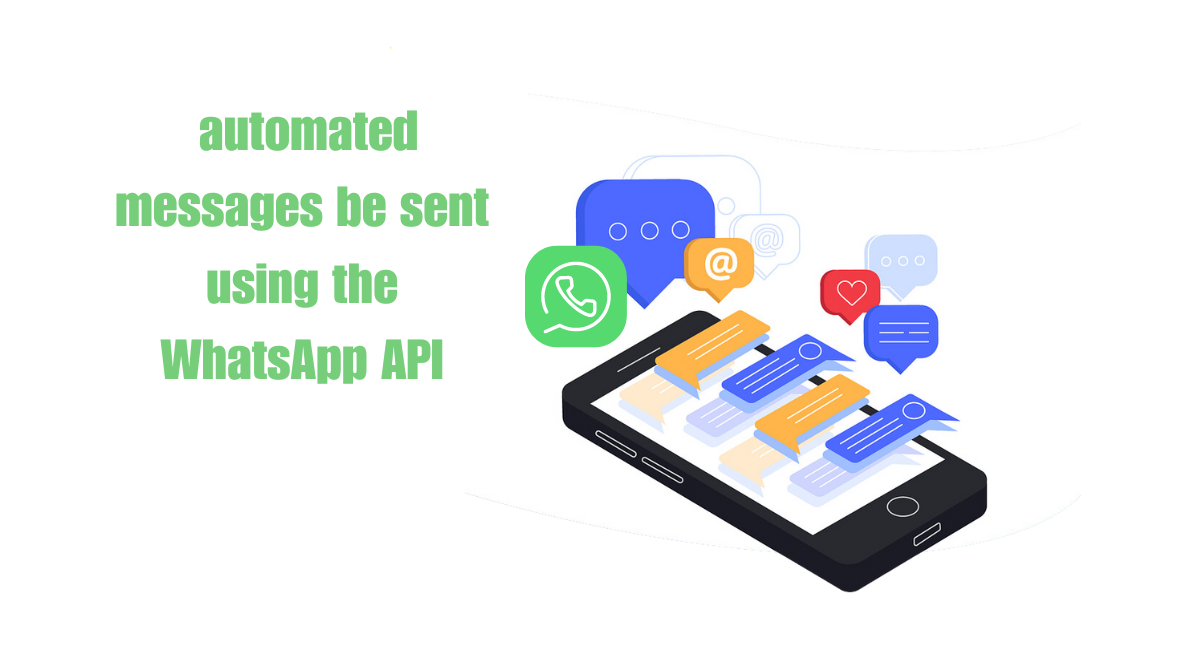
How can automated messages be sent using the WhatsApp API?
Sending automated messages via the WhatsApp API involves leveraging the WhatsApp Business API to facilitate seamless communication between businesses and their customers. This process begins with businesses applying for access to the WhatsApp Business API and receiving the necessary credentials and documentation for integration. Integration efforts entail building interfaces that connect the business’s systems with the WhatsApp API endpoints. Central to this integration is the creation of message templates adhering to WhatsApp’s stringent guidelines, which must be pre-approved.
Developers typically utilize various programming languages and tools to interact with the API, implementing robust authentication mechanisms to ensure security.
Automated messaging logic is then programmed to trigger messages based on predefined events, such as order confirmations or appointment reminders, while also adhering to opt-in and opt-out policies to maintain user consent. Thorough testing and quality assurance procedures precede deployment, ensuring proper message delivery and system functionality.
Post-deployment, monitoring, and analytics are essential for evaluating performance and user engagement, enabling businesses to refine their messaging strategies effectively. Overall, sending automated messages via the WhatsApp API demands meticulous planning, development, and compliance with WhatsApp’s policies to deliver a seamless and compliant messaging experience.
"Maximizing Communication Efficiency: Using WhatsApp API for Messaging"
How can the workflow be automated with SDLCCORP?
1. Streamlining Document Management: Automating the workflow with SDLCCORP involves implementing efficient document management processes. By integrating SDLCCORP with your document management system, documents can be automatically sorted, tagged, and routed to the appropriate teams or individuals, reducing manual handling and improving overall efficiency.
2. Enhancing Communication Channels: Automating workflows with SDLCCORP enables seamless communication between different departments and stakeholders. Through automated notifications, alerts, and updates, relevant parties can stay informed about the progress of tasks, approvals, and project milestones in real time, fostering collaboration and reducing communication gaps.
3. Optimizing Task Assignments and Tracking: With SDLCCORP automation, tasks can be automatically assigned based on predefined criteria such as skill sets, availability, and workload. Additionally, automated tracking mechanisms provide insights into task status, timelines, and potential bottlenecks, allowing for proactive management and resource allocation.
4. Improving Compliance and Audit Trails: Automating workflows with SDLCCORP ensures adherence to regulatory requirements and internal policies by enforcing standardized processes and documentation. By automatically capturing and storing audit trails, organizations can easily demonstrate compliance during audits, reducing compliance risks and ensuring accountability.
5. Accelerating Approval Processes: SDLCCORP automation accelerates approval processes by eliminating manual handoffs and streamlining decision-making workflows. Through predefined approval workflows and automated escalations, approvals can be obtained promptly, reducing cycle times and enabling faster project delivery and responsiveness to client needs.
6. Increasing Scalability and Flexibility: Automating workflows with SDLCCORP enhances scalability and flexibility by enabling organizations to adapt to changing business requirements and scale operations efficiently. With customizable automation rules and workflows, organizations can quickly onboard new processes, accommodate growth, and pivot in response to market dynamics, driving agility and competitiveness.
What are the benefits?
1. Automated Communication: Integrating the WhatsApp API allows businesses to automate their communication processes. By utilizing web scraping techniques to gather relevant data from Excel sheets, such as customer information or transaction details, businesses can personalize messages and send them automatically via WhatsApp. This automation saves time and resources while ensuring timely and targeted communication with customers.
2. Enhanced Customer Engagement: Sending messages through WhatsApp offers a more direct and personal way to engage with customers compared to traditional methods like email or SMS. By leveraging web scraping to gather insights from Excel sheets, businesses can tailor their messages based on customer preferences, purchase history, or demographic data. This personalized approach fosters stronger customer relationships and increases engagement rates.
3. Improved Marketing Reach: WhatsApp boasts over 2 billion active users worldwide, making it an invaluable platform for marketing purposes. By utilizing the WhatsApp API to send promotional messages, businesses can tap into a vast audience base. By integrating Excel web scraping, businesses can gather leads or target specific customer segments more effectively, thereby maximizing the reach and impact of their marketing campaigns.
4. Real-Time Updates and Alerts: Businesses can use the WhatsApp API to provide real-time updates and alerts to customers. For instance, an e-commerce store can notify customers about order confirmations, shipping updates, or special offers directly through WhatsApp. By integrating Excel web scraping, businesses can extract relevant data in real-time, ensuring that customers receive timely and accurate information, thereby enhancing their overall experience.
5. Cost-Effectiveness: Compared to traditional communication channels like phone calls or SMS, sending messages through the WhatsApp API is often more cost-effective. With web scraping, businesses can dynamically generate message content based on data extracted from Excel sheets, eliminating the need for manual input and reducing operational costs associated with customer outreach. This streamlined process enables businesses to achieve their communication goals more efficiently while minimizing expenses.
6. Data-Driven Insights:Integrating the WhatsApp API with Excel web scraping provides businesses with valuable data-driven insights. By analyzing metrics such as message delivery rates, open rates, and response rates, businesses can gain a deeper understanding of customer behaviour and preferences. This data can inform future communication strategies, allowing businesses to continuously refine their messaging and optimize their engagement efforts for better results.
By combining the capabilities of the WhatsApp API with Excel web scraping, businesses can unlock a myriad of benefits ranging from improved customer engagement and marketing reach to cost savings and actionable insights.
Conclusion
In conclusion, leveraging the WhatsApp API to send messages is a powerful tool for businesses and developers to engage with their audience on one of the most popular messaging platforms worldwide. By integrating the WhatsApp API into their systems, businesses can streamline communication processes, reach a wider audience, and provide better customer support.
Additionally, businesses can enhance their messaging capabilities by incorporating features such as receipt scanners. By integrating receipt scanning functionality into their WhatsApp API implementation, businesses can automate tasks such as processing orders, tracking deliveries, and providing receipts to customers directly through the messaging platform. This not only improves efficiency but also enhances the overall customer experience.
FAQs
1. What is the WhatsApp API?
The WhatsApp API (Application Programming Interface) is a set of tools and protocols that allow developers to integrate WhatsApp’s messaging capabilities into their applications or systems. It enables businesses to send messages, and notifications, and provide customer support through the WhatsApp platform.
2. How can I use the WhatsApp API to send messages?
To use the WhatsApp API for sending messages, you need to apply for access through WhatsApp’s Business API. Once approved, you’ll receive API credentials that allow your application to interact with WhatsApp’s servers. You can then use these credentials to send messages programmatically using HTTP requests to WhatsApp’s API endpoints.
3. What types of messages can be sent using the WhatsApp API?
With the WhatsApp API, you can send various types of messages, including text messages, images, documents, and even multimedia messages like audio and video files. Additionally, you can send templated messages for specific use cases like order confirmations, appointment reminders, or customer support inquiries.
4. Are there any limitations or restrictions when using the WhatsApp API?
Yes, there are certain limitations and restrictions when using the WhatsApp API. These include restrictions on the types of businesses allowed to use the API, message templates that must be approved by WhatsApp, and there are limitations on the number of messages that can be sent per day. It’s important to review WhatsApp’s policies and guidelines before integrating the API into your application.
5. How can I ensure compliance and user privacy when using the WhatsApp API?
Compliance with WhatsApp’s policies, as well as with data protection regulations like GDPR, is essential when using the WhatsApp API. Make sure to obtain user consent before sending them messages, adhere to WhatsApp’s messaging policies, and handle user data securely. Additionally, you should provide users with options to opt out of receiving messages and respect their preferences regarding communication via WhatsApp. Regularly review and update your privacy practices to ensure compliance with evolving regulations.
Contact Us
Let's Talk About Your Project





